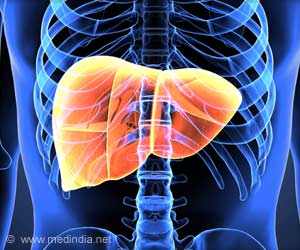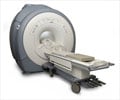Brain scans may detect the brain amyloid levels to estimate the time until Alzheimer’s dementia symptoms appear.

‘Brain scans may detect the brain amyloid levels to estimate the time until Alzheimer’s dementia symptoms appear. This may help take necessary management to prevent the worsening of the symptoms.
’





Alzheimer's disease (AD) is characterized by gradual memory loss and behavioral changes that occur because of the formation of beta-amyloid plaques in the brain tissues, years before the actual symptoms occur. The study team designed an algorithm from the data of brain scans – amyloid positron emission tomography (PET) of 236 patients with an average of 67 years. The measure of the brain levels of beta-amyloid protein was done using a widely used metric known as the standard uptake value ratio (SUVR) to the scans.
Algorithm and PET Scan
“I perform amyloid PET scans for research studies, and when I tell cognitively normal individuals about positive results, the first question is always, ‘How long do I have until I get dementia?’ Until now, the answer I’d have to give was something like, ‘You have an increased risk of developing dementia in the next five years.’ But what does that mean? Individuals want to know when they are likely to develop symptoms, not just whether they are at higher risk,” says senior author Suzanne Schindler, MD, Ph.D., an assistant professor of neurology.
The study aimed to estimate the time when a person has no cognitive symptoms but is likely to develop Alzheimer’s disease. The Amyloid PET scans are extensively used for Alzheimer’s research.
Advertisement
“When we look at the brains of relatively young people who have died with Alzheimer’s, they typically look pretty healthy, other than Alzheimer’s. But older people more frequently have damage to the brain from other causes, so their cognitive reserves are lower, and it takes less amyloid to cause impairment,” says, Schindler.
Advertisement
One may reach the tipping point even in their 50s or 80s. But once this tipping point passes, the accumulation of amyloid levels escalates up and up. Hence, predicting the time point where one would hit their tipping point may further help predict the likeliness of developing AD symptoms.
Source-Medindia















